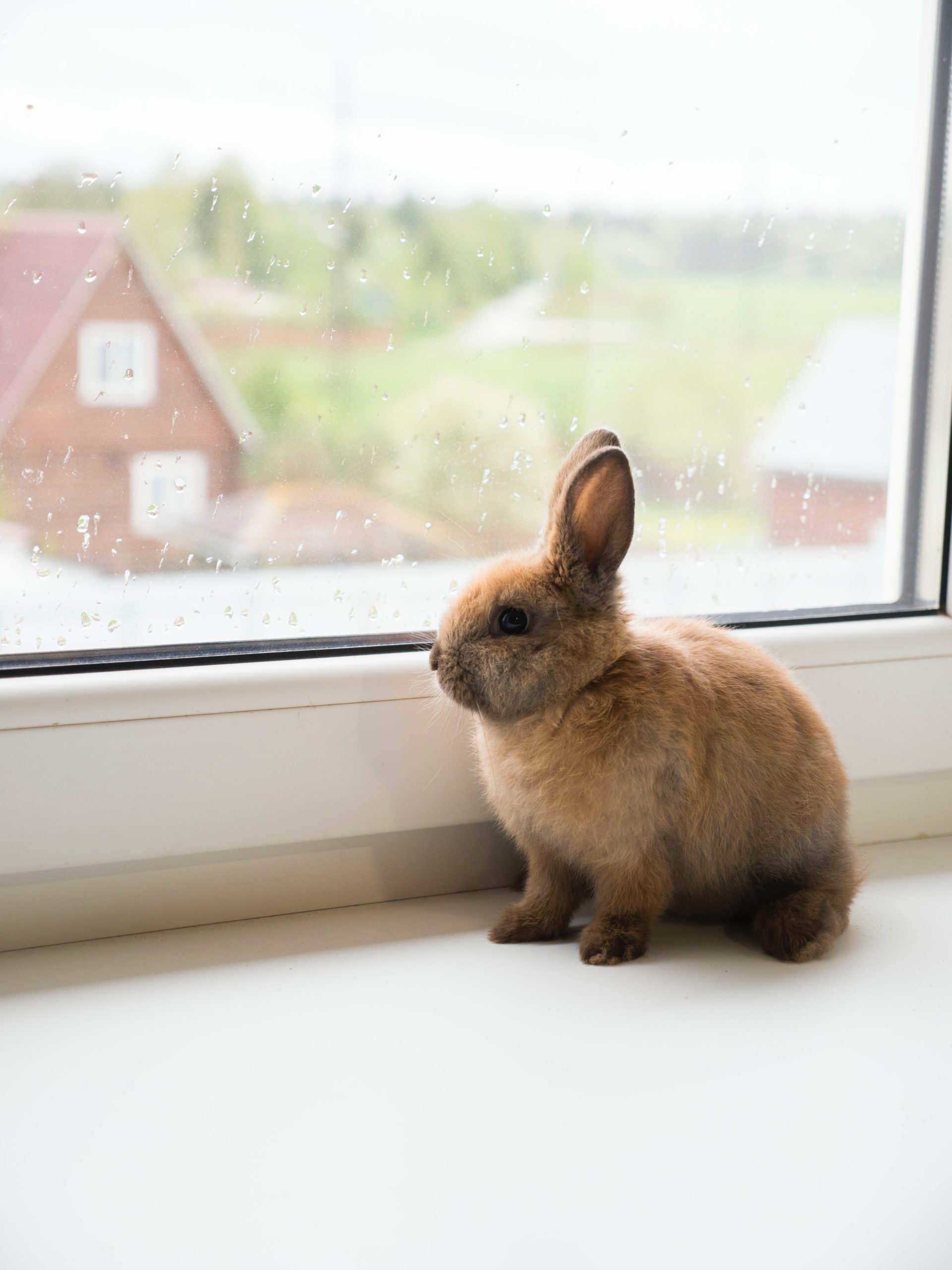 A new study released during Rabbit Awareness Week (RAW) (26 to 30 June) by veterinary charity PDSA has revealed a major shift in pet ownership, with house rabbits surpassing outdoor rabbits in popularity for the first time ever.
A new study released during Rabbit Awareness Week (RAW) (26 to 30 June) by veterinary charity PDSA has revealed a major shift in pet ownership, with house rabbits surpassing outdoor rabbits in popularity for the first time ever.
According to the 2023 PDSA Animal Wellbeing (PAW) Report, there has been a noticeable change in pet ownership, with a significant proportion of “new” pet owners comprising 38% of all owners. Alongside this surge in newcomers, the report reveals an increase in rabbits living inside their owners’ homes rather than traditional outdoor hutches.
The PAW Report’s findings indicate that over half of the rabbit population (51%, totalling 560,000 rabbits) live indoors, which represents a substantial increase from August 2020 when only 39% of rabbits lived inside the home.
 Whether housed indoors or outdoors, rabbits require sufficient space to exhibit their natural behaviors, including stretching, jumping, running, and digging. In the case of indoor living arrangements, it is crucial to provide a dedicated bunny area or “rabbit room” to ensure rabbits have their own personal space for some human-free time.
Whether housed indoors or outdoors, rabbits require sufficient space to exhibit their natural behaviors, including stretching, jumping, running, and digging. In the case of indoor living arrangements, it is crucial to provide a dedicated bunny area or “rabbit room” to ensure rabbits have their own personal space for some human-free time.
The evolving trend suggests that bunnies are gradually becoming preferred indoor companions, alongside traditional pets such as dogs and cats. However, the report also sheds light on the unfortunate reality that an estimated 250,000 rabbits still lack adequate space to engage in normal behaviors. Shockingly, 22% of all rabbits are found to reside in inadequate housing, characterised by small hutches with minimal or no run space. The proportion of rabbits living in unsuitable conditions is nearly equal for both indoor (10%) and outdoor (12%) environments.
To create an optimal home environment for rabbits, the following guidelines are recommended:
Outdoor Bunnies:
- Small hutches or cages are deemed unsuitable, as they restrict rabbits from displaying their natural behaviors. Rabbits, often classified as “small pets,” require ample space to lead a happy and healthy life. A minimum space requirement of 3m x 2m x 1m/10 ft x 6 ft x 3 ft is advised, though larger areas are encouraged for their well-being.
- The rabbit’s accommodation should include a shelter for relaxation, sleeping, eating, and drinking. Additionally, it should feature hay, food and water bowls, a litter tray, a digging tray, and various toys and hiding places. Homemade rabbit toys can also be introduced.
- A spacious exercise area is essential, such as a run, secure garden space, or designated area within the home. The exercise area should be large enough for rabbits to sprint, fully stretch out, and stand up without their ears touching the top. A recommended guideline is around 3m x 2m x 1m/10ft x 6ft x 3ft, adjusted according to the rabbit’s size. However, providing even more space is highly recommended.
- Regular outdoor access is crucial for rabbits to receive adequate daylight exposure, vitamin D, and grazing opportunities.
Indoor Bunnies:
- Opt for non-slip flooring to prevent potential injuries while rabbits hop around.
- Ensure that house cleaners and sprays are pet-friendly and kept out of reach, alongside medicines and any other potentially toxic substances.
- Rabbits are capable of jumping to significant heights and squeezing through narrow spaces. Some may even attempt to climb furniture. When placing items “out of reach,” take these natural tendencies into account.
- Bunny-proofing the living space is essential, as rabbits

